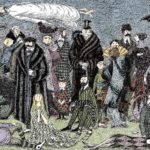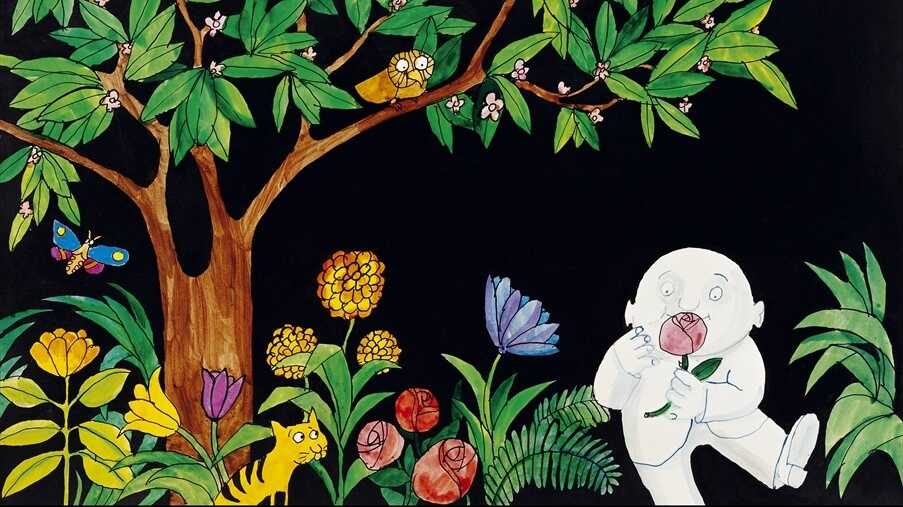
Most artists go through eras of experimentation in their work. Be it a phase of personal discovery, a new chapter in their life, or the result of keeping up with or combatting the latest trends. Flick through the back catalogues of the greats, you might find their spooky era, or sell out era. But you can usually pick a standout style which makes them memorable. Unless you’re Tomi Ungerer. He’s impossible to pinpoint because he refused to be pigeonholed. Unknown to many, he was a subversive artist who lived many lives. He made art for every audience you could think of - from six-year-olds to sadomasochists. Talk about range. So, let’s meet the king of the rebrand, the prince of the pivot, and all round everyman of every artistic era.
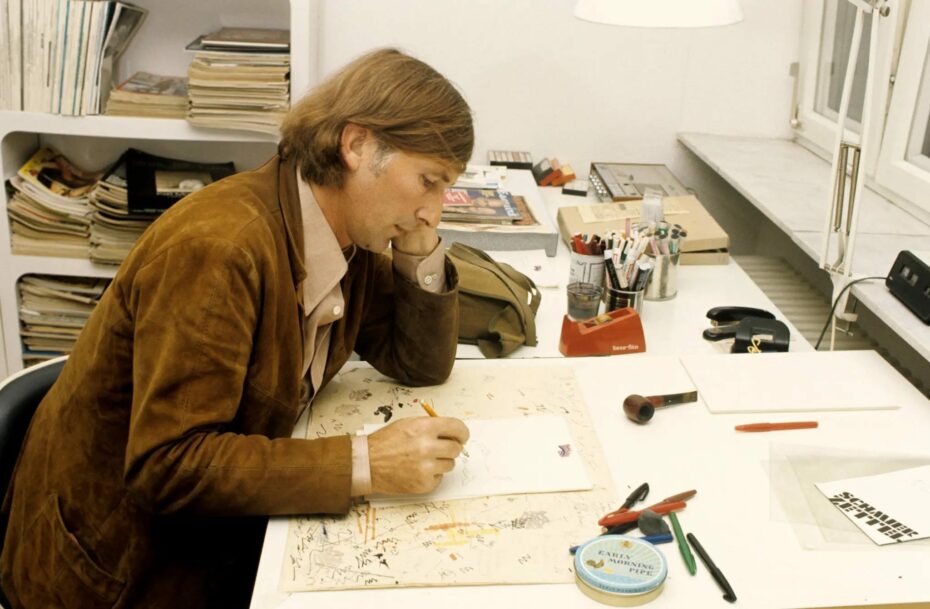
As a young boy growing up in Strasbourg in the 1930s, Tomi Ungerer was drawn to drawings, mainly the illustrations in The New Yorker. Years later after failing college and being ‘kindly asked to leave’ art school, he made it stateside and put pen to paper himself. In 1957, Ungerer published his first children’s story, and the first of over 140 books. His lasting contribution was recognised years later when he received the prestigious Hans Christian Andersen Medal, also known as the Nobel Prize for Children’s Literature.
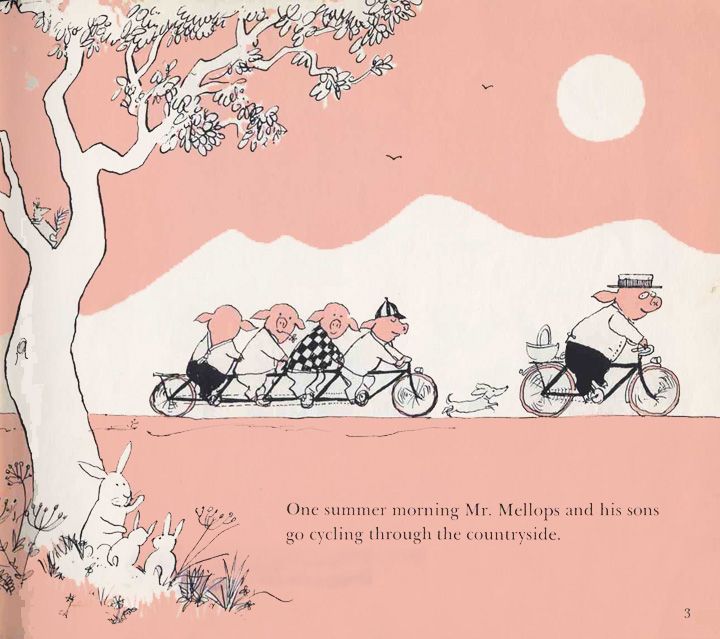
Tomi Ungerer’s kids’ books were such a hit because he never followed a formula. In them you’ll find generous helpings of humour, absurdity and topics traditionally considered out of bounds for children. He respected their intelligence and challenged their curiosity, with outcast characters like robbers and beggars that never sugar-coated reality but always confronted unfairness. Strictly no goo-goo gaga, but plenty of fun. Bedtime stories became a radical education, hidden in a witty little ditty.
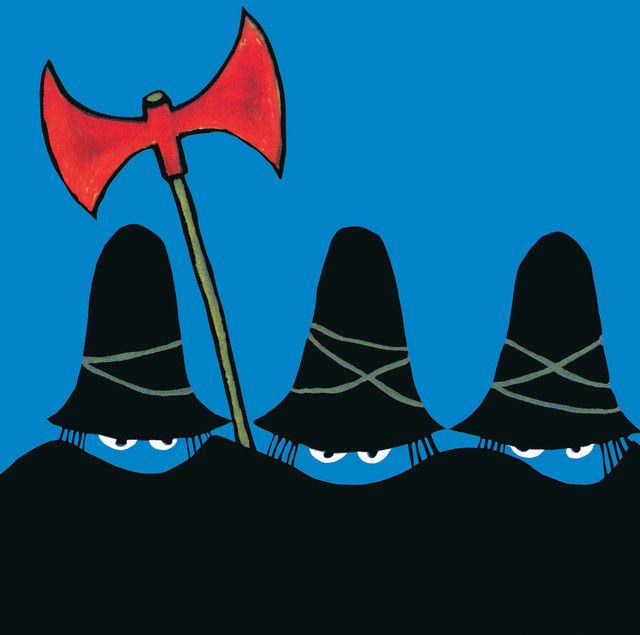
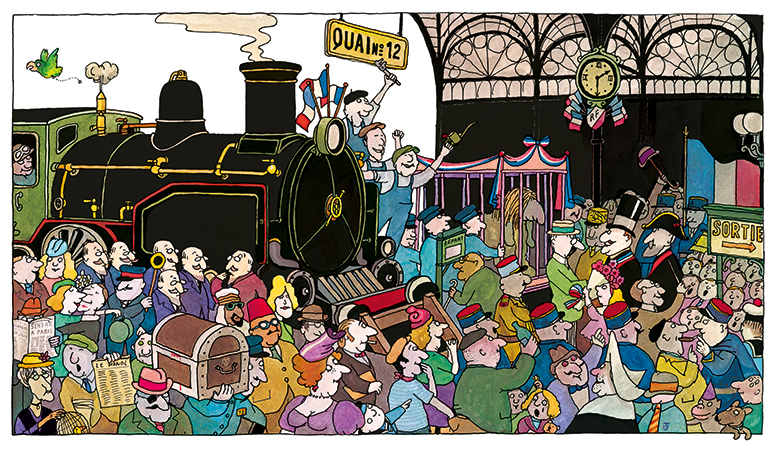
Tomi Ungerer wasn’t one to stay in his lane or comfy career path, especially in 1960s America. The Vietnam War was raging, so he used his artistry to make posters denouncing it, resulting in the FBI tapping his phone. Other posters protested racial segregation, nuclear disarmament, animal rights, and later Aids discrimination. Honing a knack for grabbing attention, he also worked in advertising for major mags like Harper’s Bazaar, New York Times and Life during this time, as well as having a stint as Playboy’s restaurant critic.
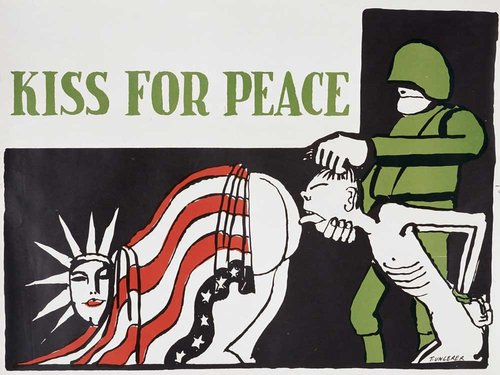
His razor-sharp pencil and razor-sharp wit challenged conventions, with even some of his more PG pieces being labelled obscene. But as Tomi himself said, “what can I do? Society is obscene so my drawings reflect this”.
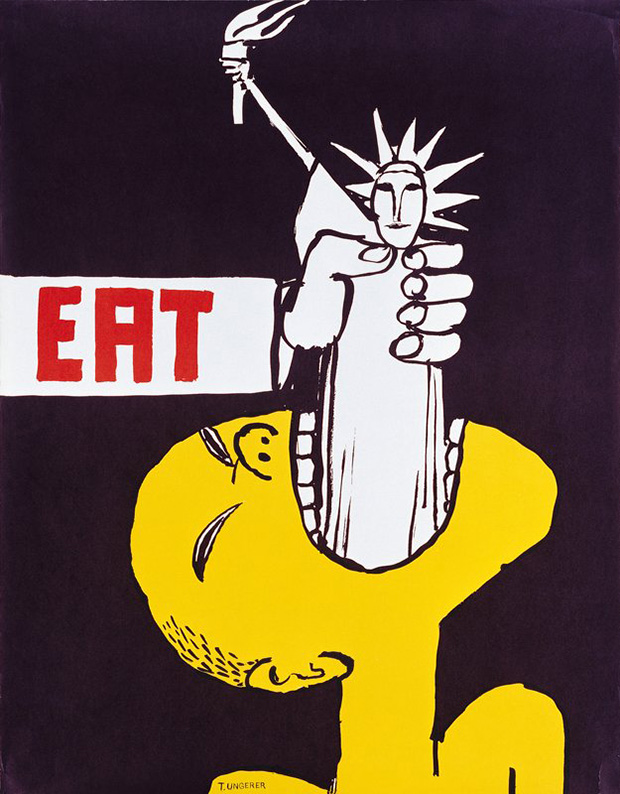
Come the 1970s, the eccentric Alsatian turned away from children’s books and moved towards a more adult audience. This was one of Tomi’s most controversial eras, not simply for its sexual subject matter, but because of his reputation as a children’s illustrator up to this point. He went from drawing moon men and families of pigs, to making art about death and brothels. He even crisscrossed genres and published a comic karma sutra for amphibians, called The Joy of Frogs. His most famous (mechanical) sex manual, Fornicon, is still banned in Britain.
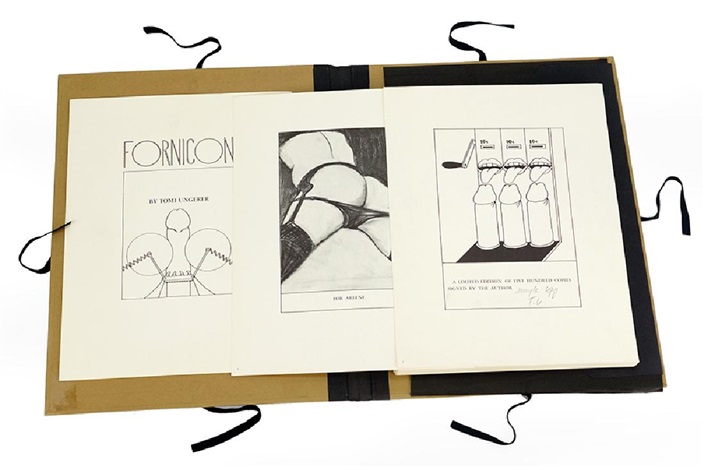
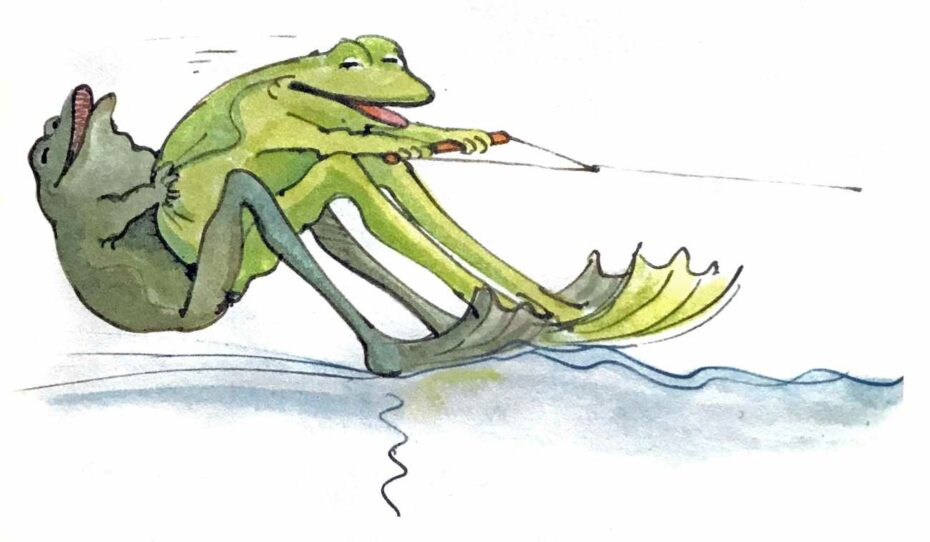
A proud provocateur and champion of sex workers’ rights, Tomi Ungerer’s illustrations and prolific output were recognised when he won the lifetime achievement award at the Erotic Oscars in 2014.
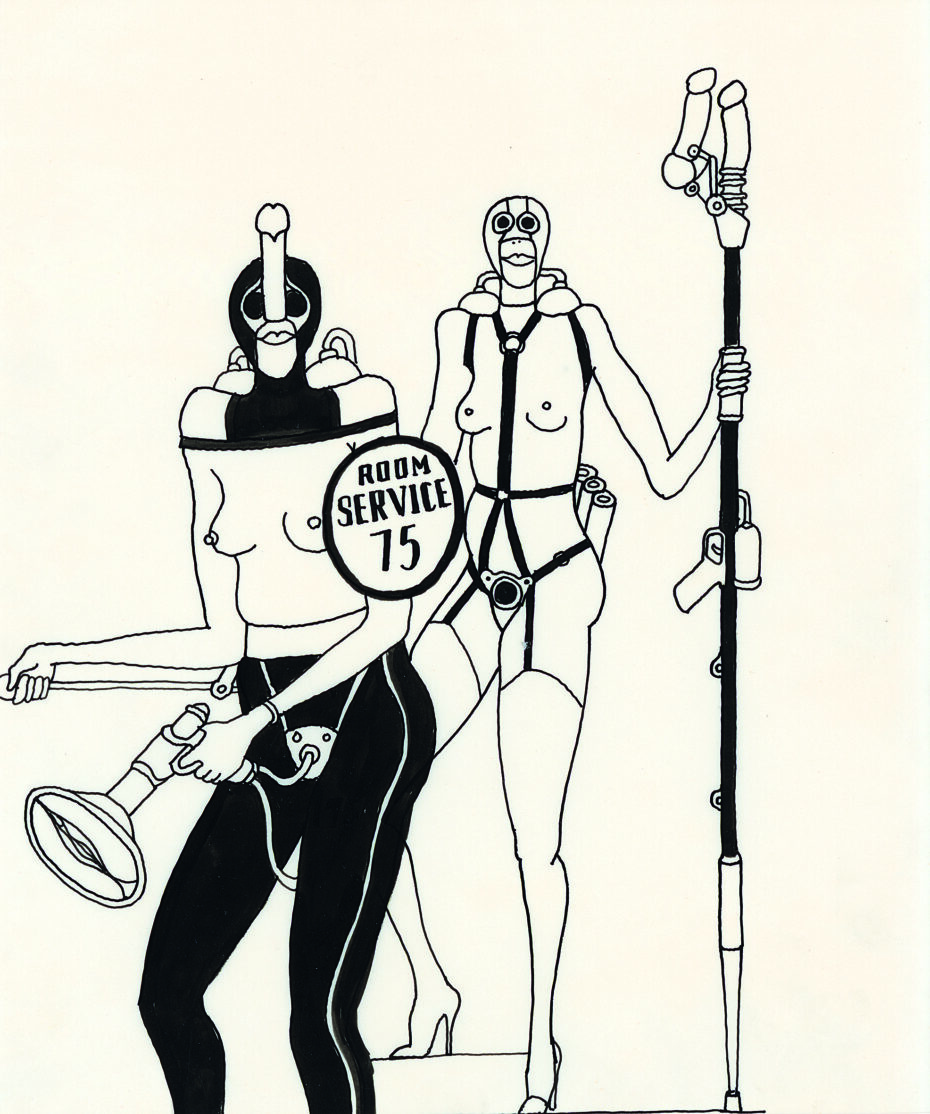
But not everyone was a fan of Ungerer’s erotic era. Following an argument with children’s librarians who disapproved of his career change, he was blacklisted from the United States by the Supreme Court and his books were banned. Following his spat with the librarians, Tomi did what anyone else in this situation would do: he moved to Nova Scotia, became a farmer and got really into watercolours.
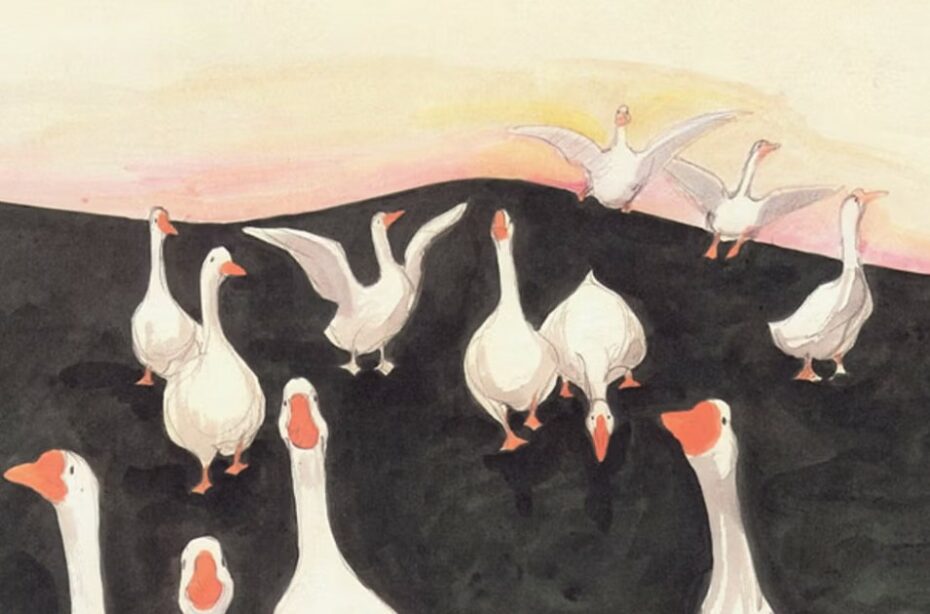
With growing focus on his home continent, European unification became a key theme of Ungerer’s illustrations, starting with bringing together France and Germany in his birthplace, Alsace. With unfading childhood memories of Nazi-occupied Strasbourg, he fought to promote values of tolerance and diversity as an adult, so the kids he’s writing books for can have a more peaceful, promising future. Right until his death in 2019, he remained a fearless political activist, who always had a message of fighting the good fight running through his work – no matter the medium.
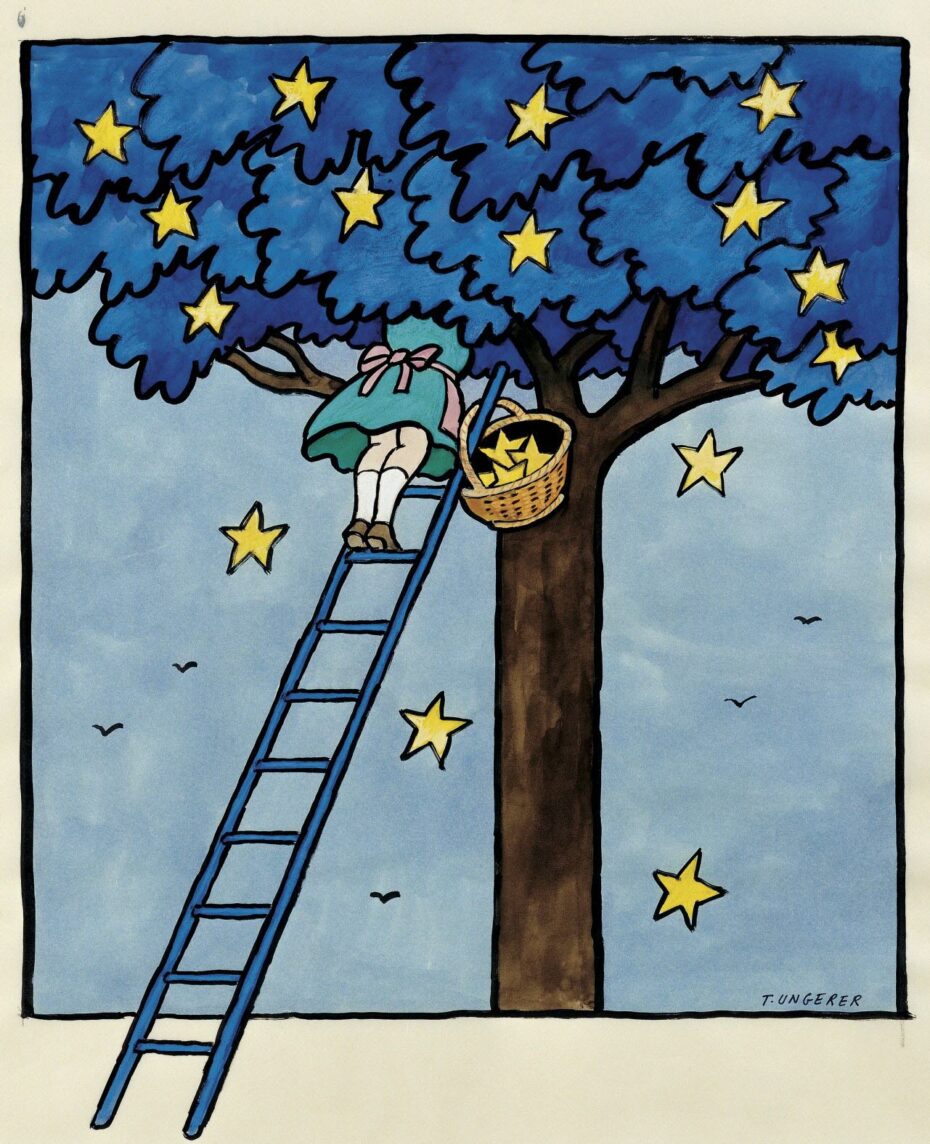
As well as being an artist, he was also a writer, designer, collagist, satirist, architect, sculptor, inventor, poker player, toy collector, furniture maker, and a self-proclaimed ‘archivist of human absurdity’. Best of all, he summed himself up as a “butterfly, just going from one thing to another”.


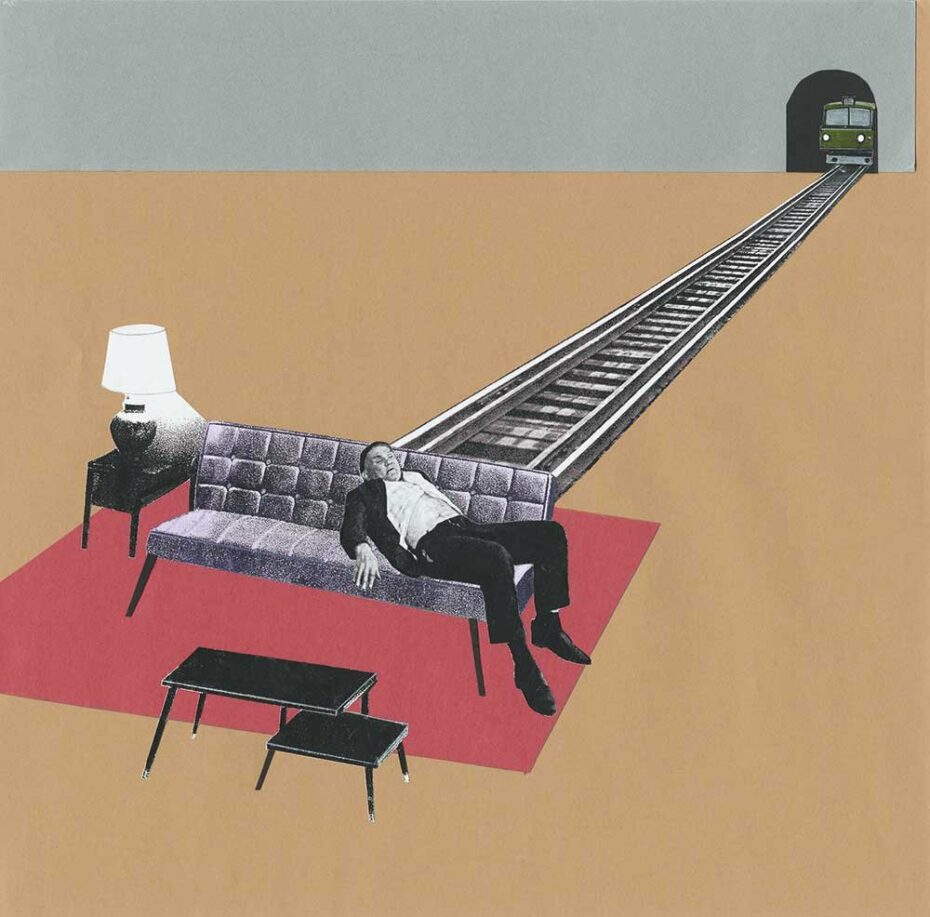
To see all of Tomi’s eras under one roof, there’s a museum dedicated to his art in his hometown of Strasbourg, including 11,000 drawings and 6,500 toys from his personal collection. Head downstairs to the cellar for the racy stuff.

Proving it’s possible to win the Nobel Prize for Children’s Literature and an Erotic Oscar, Tomi Ungerer’s success is a lesson in trusting in all your eras of experimentation – no matter how opposing they might seem. So, if you’re thinking of taking your career in a new direction, changing up your style, or standing up for what you believe in, go in pen first and take the plunge. You never know, you could end up with a flying penis trophy one day too.




